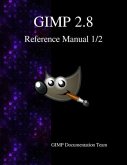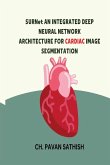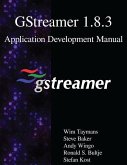The detection and characterization of unruptured intracranial aneurysms (UIAs) are critical for the prevention of aneurysm rupture, which can result in serious morbidity or mortality. Image analysis and deep learning techniques have shown promise in improving the accuracy and efficiency of UIA detection and characterization. These techniques use large datasets of medical images to train artificial neural networks, which can then classify images and identify features associated with UIAs. The use of deep learning allows for the identification of subtle differences in image patterns that may not be detectable by human observers. These techniques also enable the development of predictive models for the likelihood of aneurysm rupture, which can inform treatment decisions. However, there are still challenges to be addressed, such as the limited availability of high-quality imaging datasets and the need for validation of these techniques across diverse patient populations. Overall, the use of image analysis and deep learning techniques has the potential to significantly improve the detection and characterization of UIAs and ultimately improve patient outcomes.








